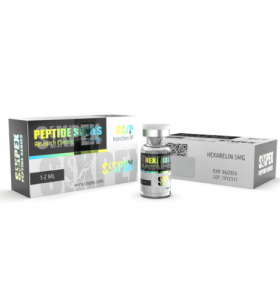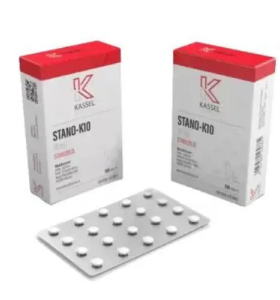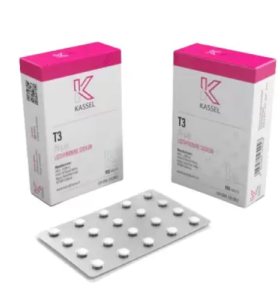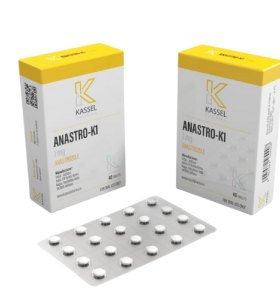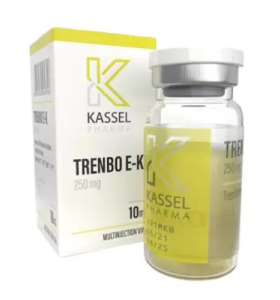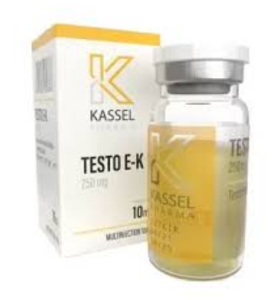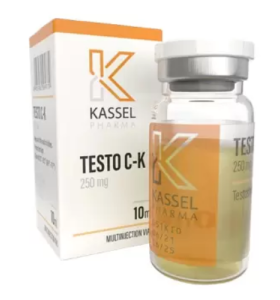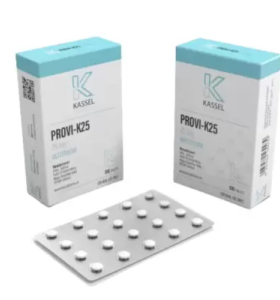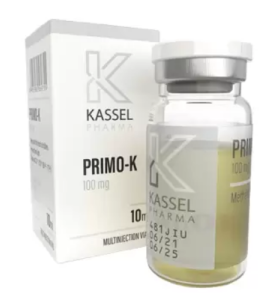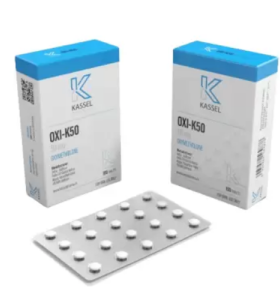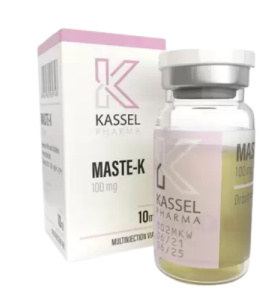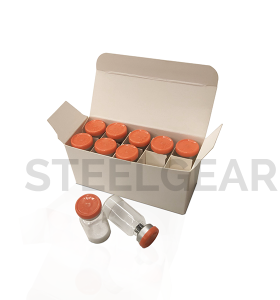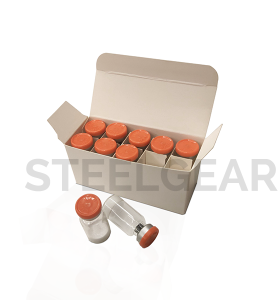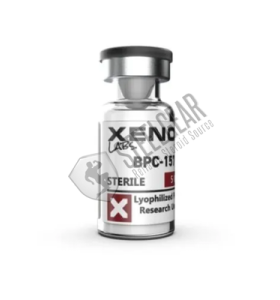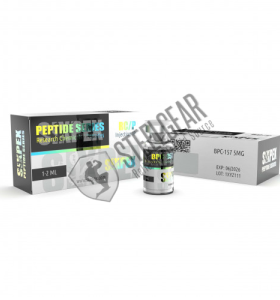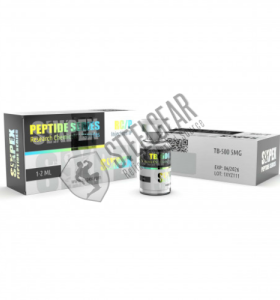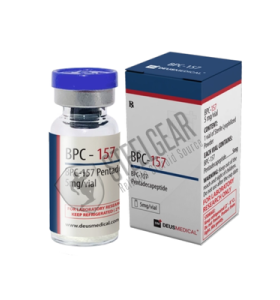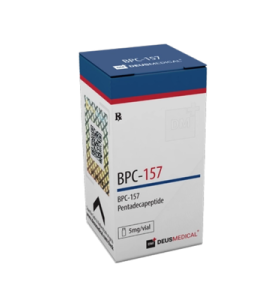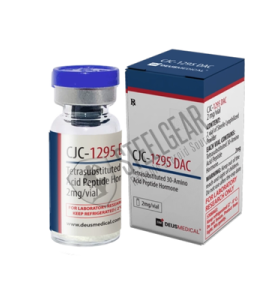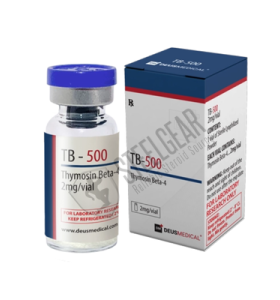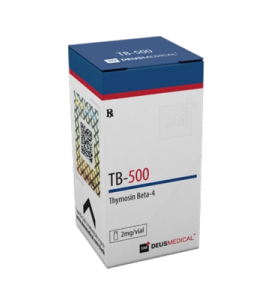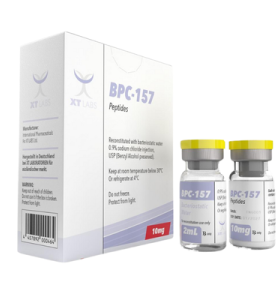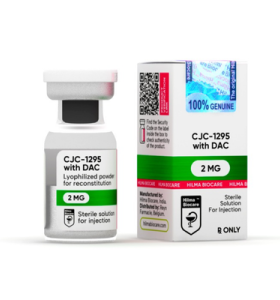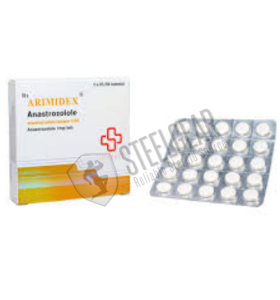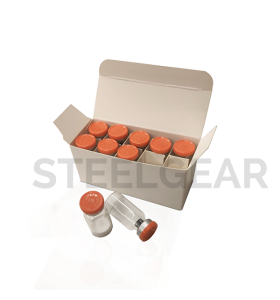BPC157 50 Mg
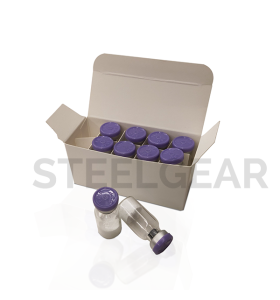
Shipping Details
⚠️ WARNING: Potential Risks of Anabolic Steroids
Anabolic steroids can cause hormonal imbalances, liver strain, cardiovascular issues, and psychological effects, and should only be used under strict medical supervision. Unauthorized or improper use may lead to serious health complications.
If used, obtain these substances exclusively from licensed, verified medical providers to ensure safety and proper oversight.
Substance : BPC157
Packing : 10 vials x 5 mg
What is BPC-157 and What Does It Do?
BPC-157 (Body Protecting Compound-157) is a synthetic peptide derived from a protein found in human gastric juice. It is renowned for its exceptionally potent healing and regenerative properties.
Unlike growth hormone secretagogues (like GHRP-2), BPC-157's primary action is not hormonal. Instead, it works by promoting angiogenesis (the formation of new blood vessels), accelerating the repair of various tissues, and reducing inflammation. For bodybuilders, this translates to targeted recovery from injuries.
Claimed Benefits in Bodybuilding and Recovery
Bodybuilders use BPC-157 primarily to overcome training-related injuries and to accelerate recovery. Its purported benefits include:
Accelerated Healing of Tendons and Ligaments: This is its most celebrated use. BPC-157 has shown in studies to significantly speed up the recovery of torn tendons, ligaments, and other connective tissues, which are notoriously slow to heal due to poor blood supply.
Muscle Repair: It can help repair muscle tears and strains, getting you back to heavy training faster.
Joint Injury Recovery: It is used for healing joint injuries, such as sprains, and for chronic issues like elbow tendonitis or knee pain.
Reduced Inflammation: It has a strong systemic anti-inflammatory effect, helping to manage the inflammation associated with intense training and acute injuries.
Gut Health Protection: BPC-157 was originally studied for its ability to heal gut ulcers and protect the intestinal lining. This can be beneficial for athletes using NSAIDs (like Ibuprofen) for pain, which can damage the stomach.
Bone Healing: Some research indicates it can also accelerate the healing of bone fractures.
How is it Used (Protocol)?
BPC-157 can be administered in two primary ways, with the choice often depending on the injury location:
Subcutaneous (Sub-Q) or Intramuscular (IM) Injection (Local):
Method: Injected near the site of the injury (e.g., in the fatty tissue or muscle close to a damaged tendon in the elbow or shoulder).
Rationale: This allows for a high, concentrated dose directly at the injured area. Local injection is considered the most effective method for musculoskeletal injuries.
Dosage: A common dosage ranges from 250 mcg to 500 mcg, split into 1-2 injections per day.
Cycle Length: Typically used for 2-4 weeks, or until the injury has resolved.
Oral Administration:
Method: The peptide is diluted in water and consumed.
Rationale: This is primarily for systemic effects and healing gut issues. It is less targeted for localized injuries but is easier to administer.
Dosage: Oral dosages are generally higher, often in the range of 500 mcg to 1000 mcg per day.
Known Side Effects and Risks
BPC-157 is generally considered to have a very low risk profile based on current anecdotal evidence and animal studies. However, potential side effects and considerations include:
Lack of Human Trials: The most significant risk is the absence of large-scale, long-term human clinical trials confirming its safety and efficacy.
Angiogenesis Concern: While promoting blood vessel growth is crucial for healing, there is a theoretical concern that it could potentially stimulate the growth of pre-existing, undetected tumors. This risk is not proven but is often cited.
Cytokine Effects: It modulates the immune system, and the long-term consequences of this are not fully understood.
Mild Nausea: Some users report temporary, mild nausea, particularly with higher oral doses.
Mental Effects: A small number of users anecdotally report a flattening of mood or mild anxiolytic (anti-anxiety) effects, though this is not well-documented.






















